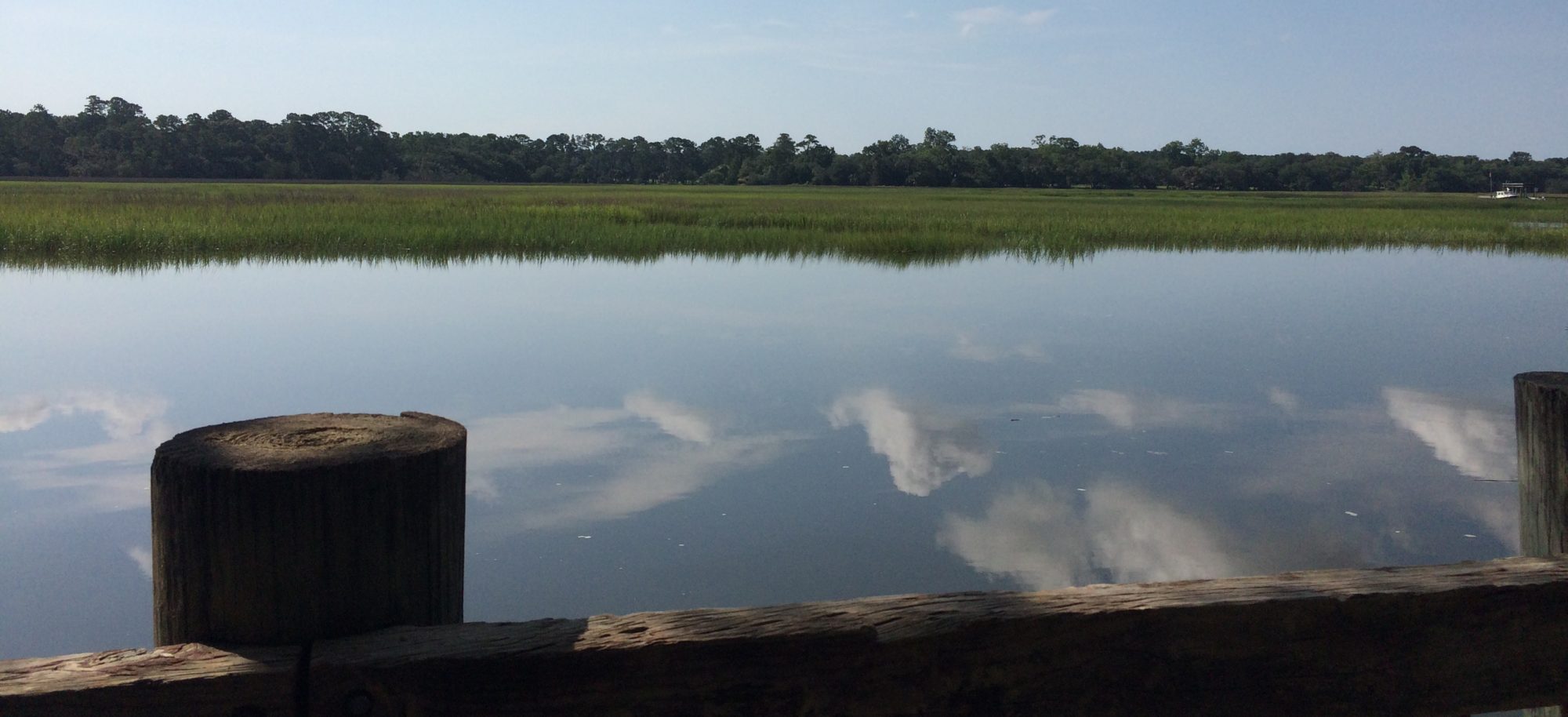I’m in a rented morning suit, minus the hat.
Looking down the slender nave of a church finished eight hundred years ago, with a man in a full suit of armor lying carved in stone one room over, I’m trying to get used to the idea that I’m supposed to read in here. Out loud, in public. We’re early, on purpose.
Tom, a friendly vestryman my age, takes me up the aisle to the place I’m to read from. It’s a carved dark oak lectern with two steps, halfway up on the right.
People on both sides will be facing each other across the center aisle, he explains, except where the lectern looks directly across at the wedding party. A bit further up is where the priest will give her message and officiate the ceremony. When the time comes to do the witnessing, the priest will escort the couple and their parents all the way forward to sign the documents at the high altar, above the handwriting of the Archbishop of Canterbury.
She asked me to read at her wedding, my niece, her godfather. We worked it all out by email. Of course! I would love to, I responded. It would be an honor! Where would the wedding be? At Christ Church Cathedral, in Oxford, where she and her fiance teach and study.
My wife and I were very excited. What a perfect opportunity to see Oxford, celebrate with family, tour the University, walk the Cotswolds.
It’s Henry VIII’s cathedral, actually. He took the place from the Catholic Church about 500 years ago when there was a lot of fighting over property and ideas between monks and kings. Like now, except these days it’s between political parties, gangs and governments. Besides, there aren’t as many monks around, and hardly any kings.
After Tom’s briefing, I got a short course about the stone knight and the cathedral from Sally, an interested congregation member. The knight was important, but the place wasn’t about him. It was all about Frideswide.
Frideswide was the daughter of Oxford’s ruler in the 600’s. She took vows, started a convent and seemed to be doing fine until a nearby king decided to take her in marriage by force. When Frideswide prayed for her safety, the king (and/or his soldiers, depending on who’s telling the story) was struck blind at the Oxford gate. Once it all died down, Frideswide agreed to restore everyone’s vision on the condition they fully repent, which of course they did.
She went back to running her priory. By the time she died, it had monks, nuns, a school and a convent church, the predecessor of this cathedral, in which they buried her.
In 1525, Cardinal Wolsey dissolved Frideswide’s priory in order to build himself a College in its place. It would be called, not surprisingly, Cardinal College. Unfortunately for Wolsey, he had a job-limiting problem, which was that, try as he might, he couldn’t get the Pope to annul Henry’s marriage to Catherine of Aragon.
But Henry really wanted that annulment. He sidelined Wolsey, proclaimed himself the Supreme Head of the Church of England, had his own Archbishop Cranmer make the annulment, married Anne Boleyn and got himself excommunicated by the Pope. Personally. After that, he dissolved the English monasteries and took their property, including Cardinal College, which he renamed Christ Church. Which is where we are standing.
Back to Frideswide, continued Sally. In 1553, a former nun named Catherine Dammartin died. She was the wife of a Protestant divinity professor working in the College at Christ Church. They buried her in the cathedral close to Frideswide, who had by this time been a saint for centuries.
Bloody Mary (Henry’s daughter with Catherine of Aragon) took the throne that year. High on her list was restoring England to Catholicism. On that agenda, Cardinal Pole ejected Catherine (the deceased now-Protestant former nun) from Saint Frideswide’s church, dumping her remains into a manure pile out behind the stables.
Elizabeth I (Henry’s daughter with Anne Boleyn) was next in line for the throne when Bloody Mary died. Elizabeth was Protestant. Catherine was headed back inside. Her remains were retrieved from behind the stables and mixed with the bones of Frideswide, in what must have been quite a service, right here in this very church. They were re-buried together beneath the floor, the Catholic saint and the Protestant married nun, not far from the stone knight.
It would be a passage from the Song of Solomon, she said. She gave me the verses to rehearse. “Set me as a seal upon your heart,” the middle part goes, “as a seal upon your arm; for love is strong as death, passion fierce as the grave.”
Wow.
I wonder if Henry ever read that. I hope so.
Love, death, passion, graves. They’re all here.
I need to get calm now. I’d like to read the words the way Solomon would have recited them, surely how the wedding party wants to hear them. Tom the vestryman is smiling. He sees I have the words typed out, slipped into a leather-like folder I can carry up to the lectern. I think he knows the folder will mask my shaking hands.
OK. It’s time.
Henry, are you there? I’m going to read now…
In: Travel Thru History >travel memoirs 2012
